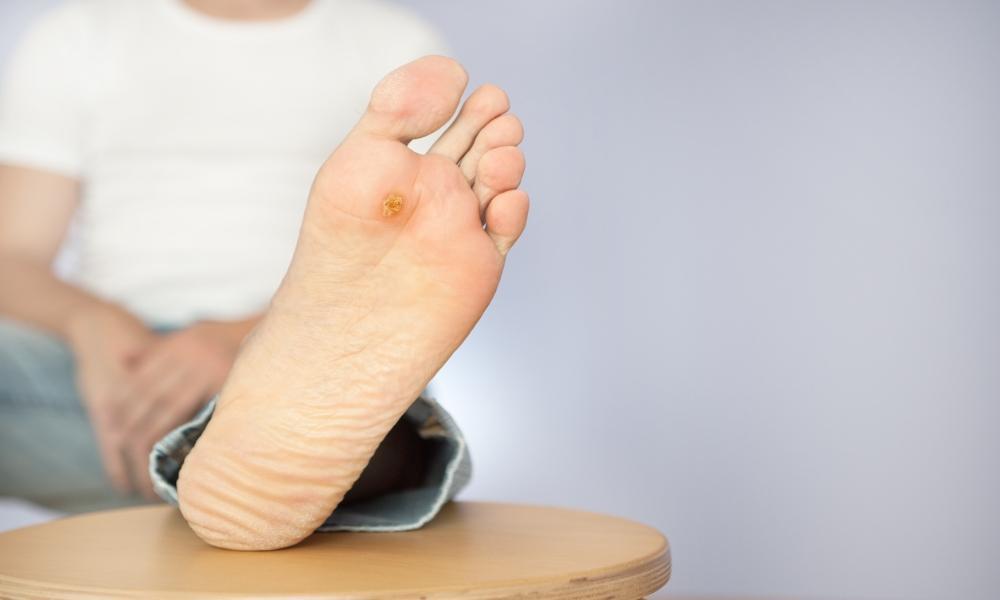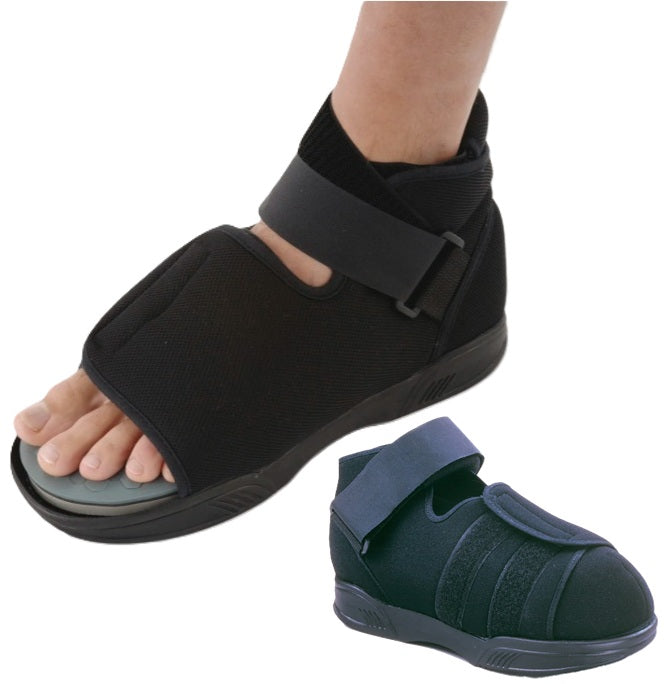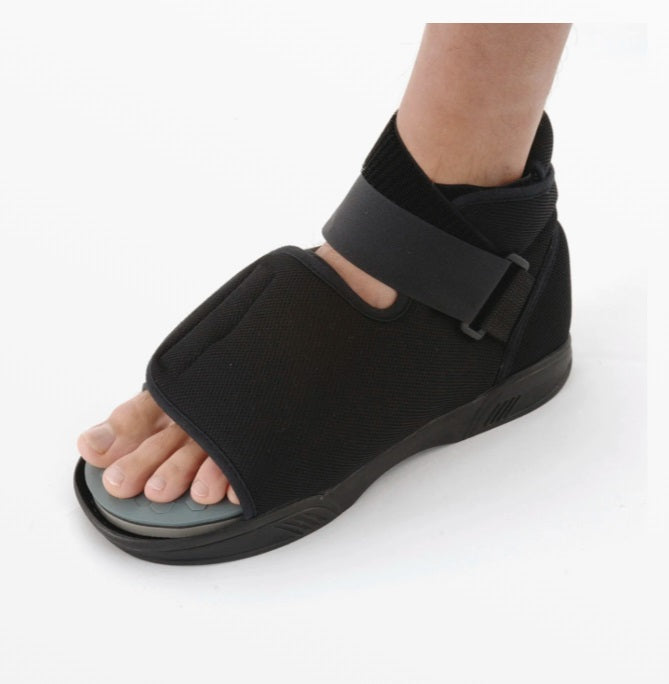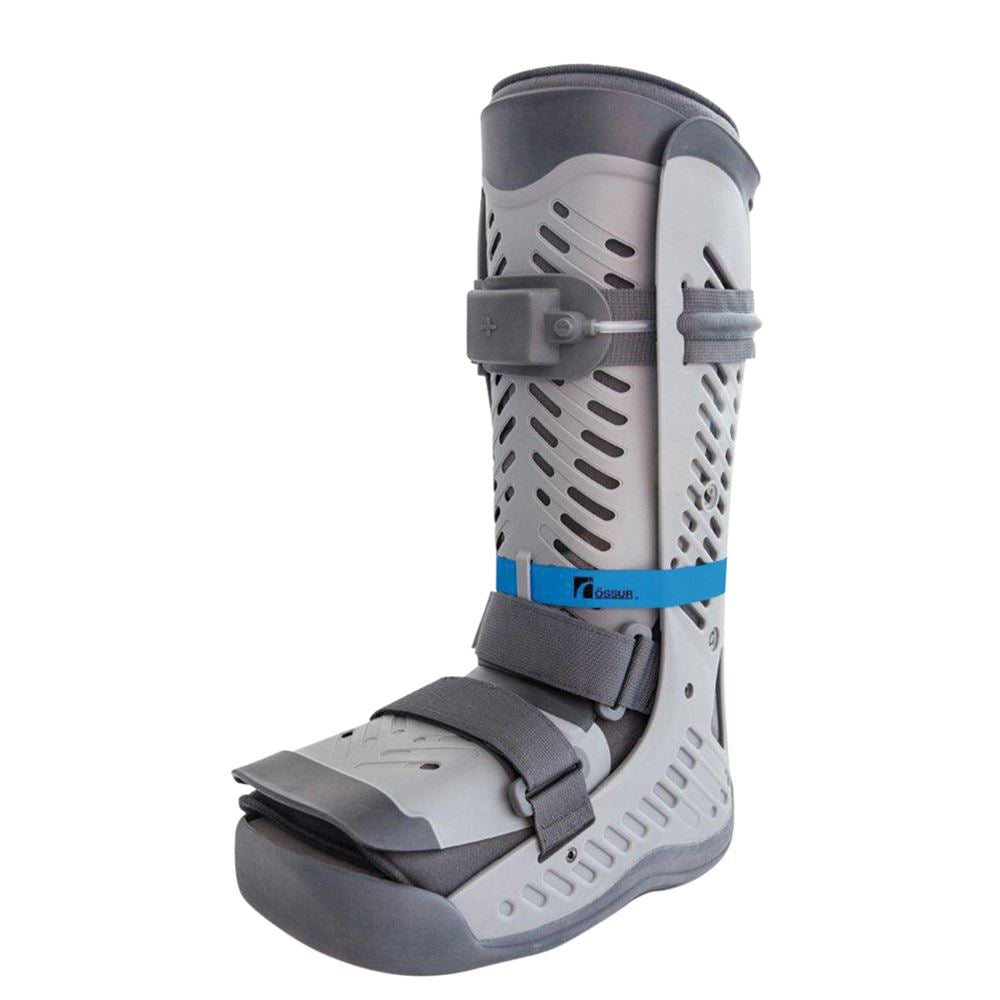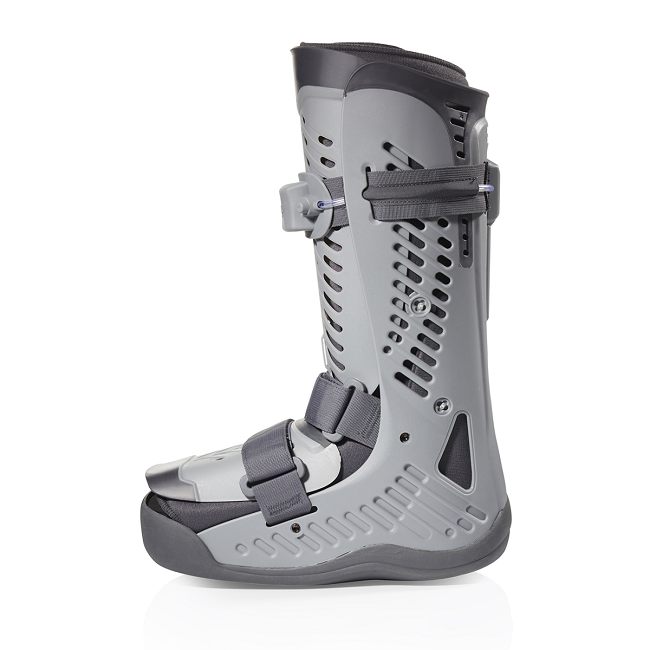As advertised
Good item and quality and faster delivery
Such an awesome product! Who would think of being able to get a cast wet... Ortho Tape did!! Best invention ever!
It is a great product at a great price.better then the other sites so get your walking boot here they are some nice people that care.
Great products, exactly as described.I’m always a satisfied customer.

